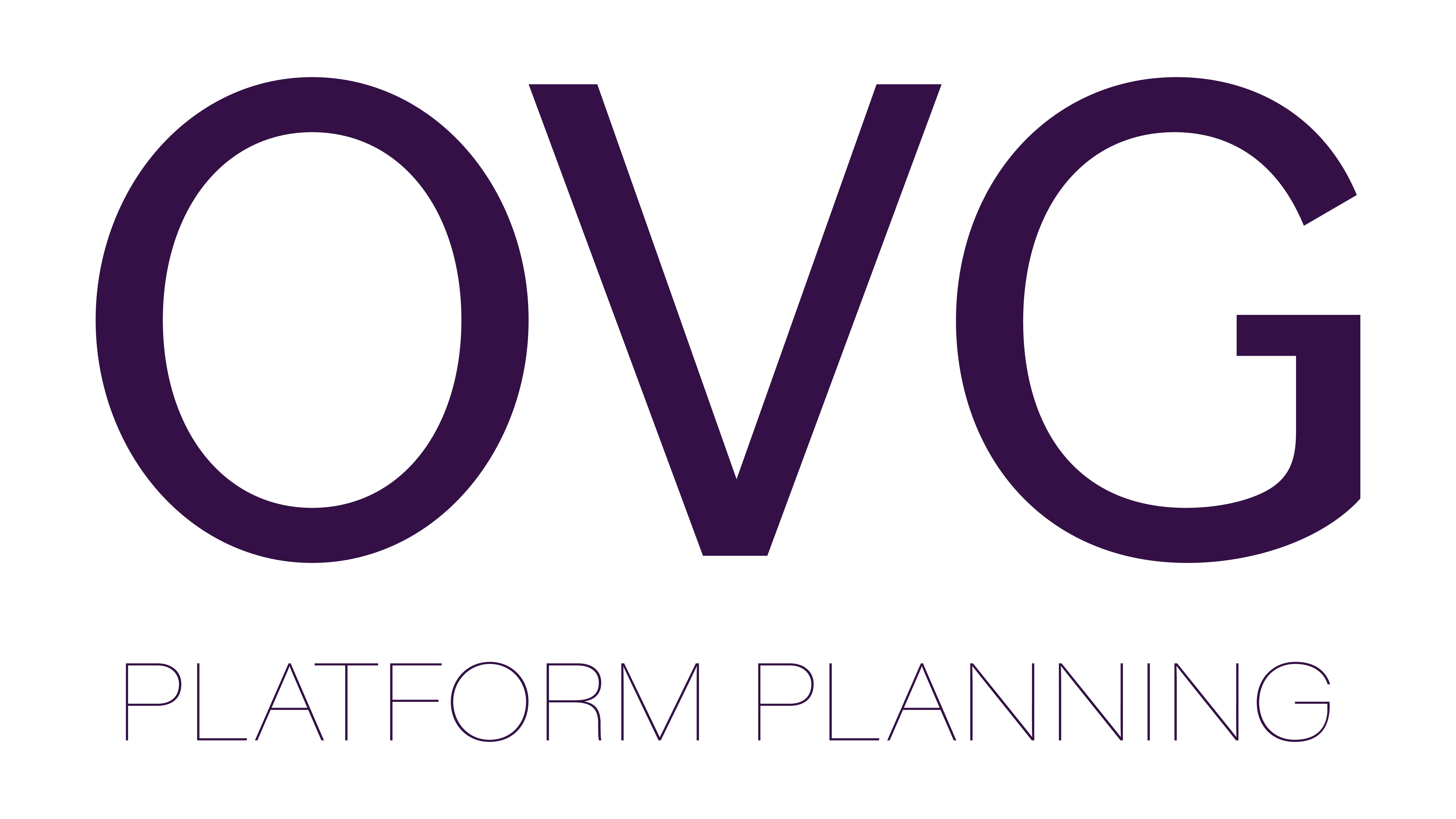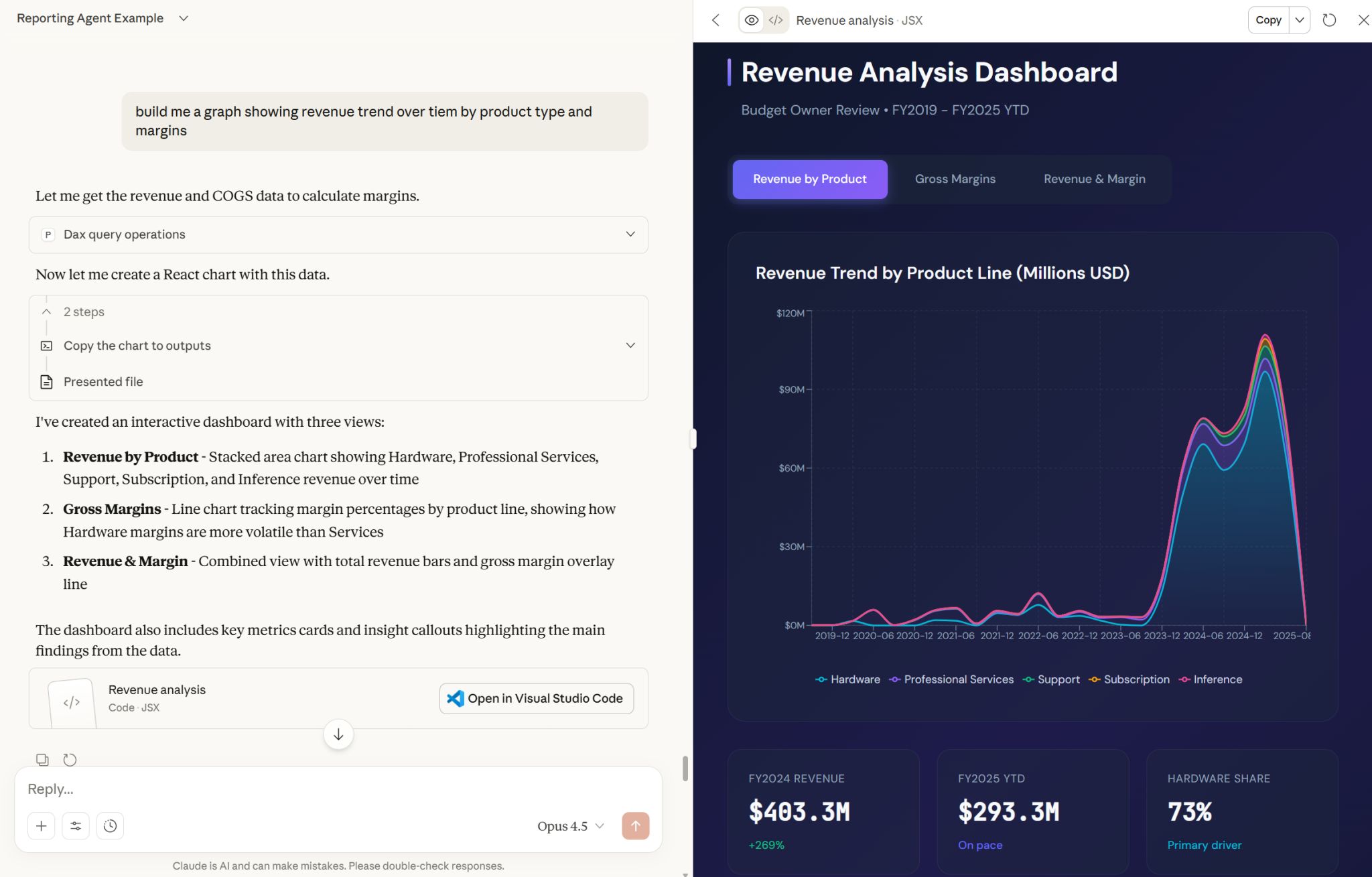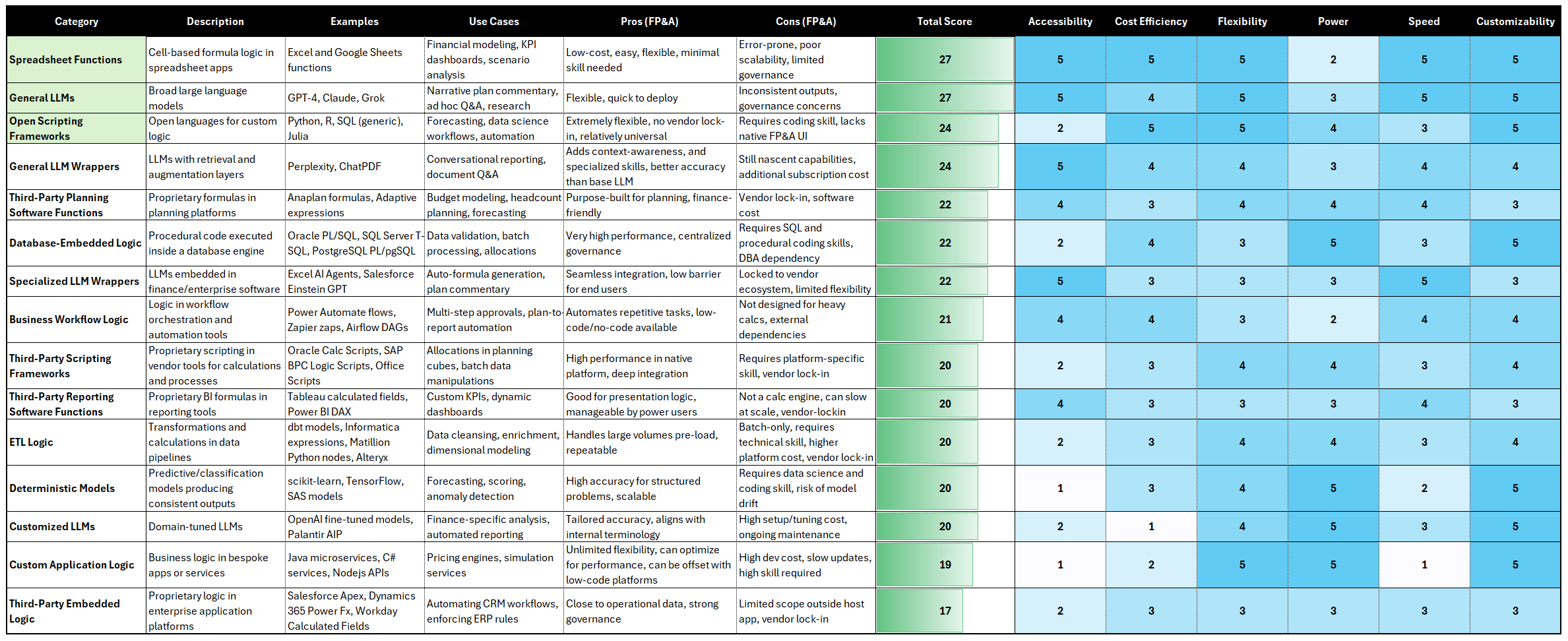Our Journey to Low-Code Planning - Chapter 4

It’s been five months since our last post, and we’ve been deeply focused on execution. An update is long overdue!
In that time, we’ve led Platform Planning projects with four clients ranging from sub-500 headcount startups to F500-scale enterprises. This post summarizes key learnings from those efforts.
Like Anaplan in 2013, there are still rough edges to smooth out, but our conviction in the value of a platform-based and open planning architecture with Microsoft has only grown.
Data
Microsoft Fabric has exceeded expectations as an end-to-end analytics platform. We’ve established direct, customizable data pipelines from NetSuite, Sage Intacct, Salesforce, and other systems of record, handling all upstream customizations without issue. One example: we replicated NetSuite’s FX logic at the transaction line-level to ensure our Power BI reports tied out with NetSuite’s consolidated reporting.
Our collaboration with ADLAB has enabled cross-functional visibility across API integrations, forecasting logic, and executive dashboards, all on one platform.
Fabric’s zero-copy mirroring is a standout feature. At an enterprise client, we tapped into a centralized BI lakehouse, accessing required master datasets without replicating logic or data. This was a significant improvement over the manual replication Anaplan required.
Fabric Capacity - its pricing model - is still new territory. It bundles all usage across transformation, reporting, and analytics into one activity driver for costing. While pricing benchmarks are limited, early signs suggest it’s more efficient than stacking compute costs across multiple SaaS vendors. It’s certainly cheaper than premium-tier options like Anaplan, which is a computing powerhouse but also pricey.
Forecasting
Forecasting methods are highly flexible with Platform Planning, and we’ve adapted different approaches to client needs.
- One client uses Power Platform for pipeline forecasting tied to Dynamics CRM, while Fabric runs a customer-level revenue model to replace a limited segment-based forecast. They struggled to explain performance due to the many-to-many relationship between customers and segments.
- Another client leverages a flexible vendor-based budgeting template (Excel) populated by budget owners, with submissions saved to Fabric for reporting.
- For a third client, we unified recruiting and HR trackers into a Dataverse-based HC plan that drives comp forecasts and Greenhouse requisitions. A lightweight hiring app enables off-cycle requests to be submitted, reviewed by Finance, and incorporated into the forecast upon approval.
Interoperability across Excel, Fabric, and Power Platform is solid and improving (e.g., Excel integration with OneLake). We’re refining our frameworks and defining what to use and when, aiming for near real-time updates where needed. Anaplan’s real-time updating set a high bar in terms of real-time planning, but it also brought cost and performance tradeoffs. We believe that Microsoft can strike the right balance between speed, power, and cost. In high-frequency scenarios, dedicated tools can still be integrated into the broader platform.
Reporting
Power BI has proven versatile for both financial and operational reporting. With native Fabric integration, it provides seamless access to all necessary data and helps align BI and FP&A efforts, removing the typical disconnect between actuals and forecasts.
DAX is no longer a technical barrier. We’ve rebuilt and exceeded our Anaplan reporting in Power BI. While Power BI still behaves more like an operational BI tool than a finance-native solution (like Anaplan), third-party tools are closing that gap at a low cost. Aimplan has the best table-builder we’ve tested, with Abacum close behind for best-of-breed stacks.
User Access
User access requires coordination across Power Platform, Fabric, and M365 (especially SharePoint). By using Fabric pipelines and Power Automate, we now manage access centrally from a unified user table. This includes SharePoint file access, which is typically out of scope for SaaS tools (thus creating shadow work for file owners), ensuring consistent permissions across the board.
Selective access is fully supported across dimensions (e.g., department, account) and hierarchies (e.g., geo, region). Tighter collaboration with IT is essential due to centralized Microsoft license and security group control. This added effort offers scale and governance benefits, however. Finance doesn’t need to directly manage user audits or provisioning, which often resulted in standalone user access Anaplan models!
Versioning & Scenario Planning
Version control, like access, spans multiple systems. We’ve synchronized snapshots across Dataverse, Fabric, and SharePoint. Unlike Anaplan, where parallel model runs and snapshot management required tradeoffs to save on workspace, Platform Planning allows for unlimited scenarios and on-demand snapshotting. Multiple Excel models can be loaded into Fabric, enabling direct comparisons of top-down vs. bottom-up forecasts built with entirely different inputs and logic.
Workflows
Workflow automation has been a surprising strength. One client, with 40+ branches, had poor compliance around approvals in Anaplan, not due to functionality, but because users wouldn’t log in regularly.
They initially resisted rebuilding the workflows in Fabric. But when we showed how users could review and approve requests via email or Teams - without logging into a system- their stance changed immediately. Embedded workflows that meet users where they already work materially improve adoption and compliance.
Summary
We are increasingly confident in the viability of a Microsoft platform-based approach for planning, forecasting, analytics, and reporting. While it does have some tradeoffs compared to premium solutions, the gains in cost-efficiency, cross-functional usability, and scalability are compelling.
AI value realization is the next frontier and the true differentiator, though. With tools like Copilot, Copilot Studio, Fabric Data Agents, and Azure AI Foundry, we see real potential to extend planning systems with a variety of use cases built specifically for each client’s needs.
While our current focus remains on solidifying the foundation, we’re developing proof-of-concepts and will begin rolling out AI applications soon. In addition to all the structured data we are centralizing, the Microsoft Graph API with access to the entire Microsoft ecosystem (with delegated user permissions as needed) is practically begging to be incorporated into the mix.
This long-term benefit from having a first-party data platform with both structured and unstructured business data is what will truly make a platform-based approach worthwhile. We’ll continue to share more on our findings soon.
If you’d like to learn more about a platform-based approach to planning, shoot us a message!





















